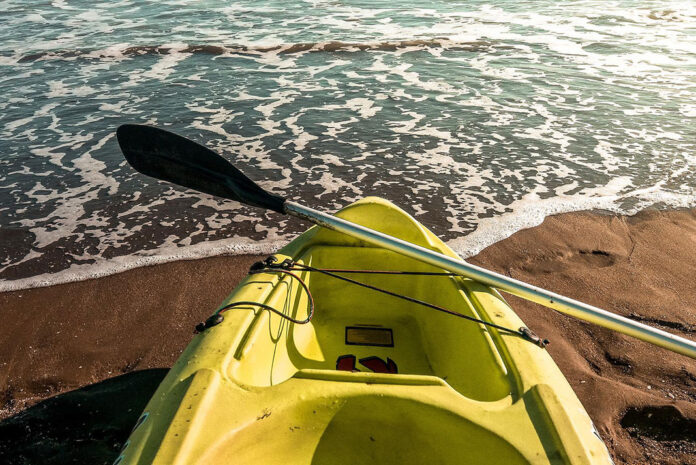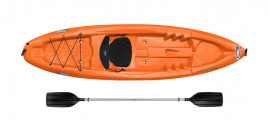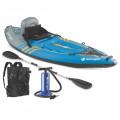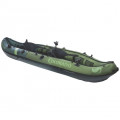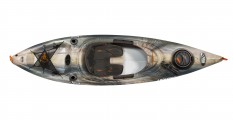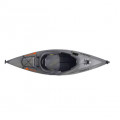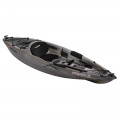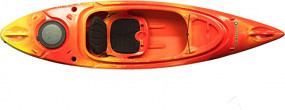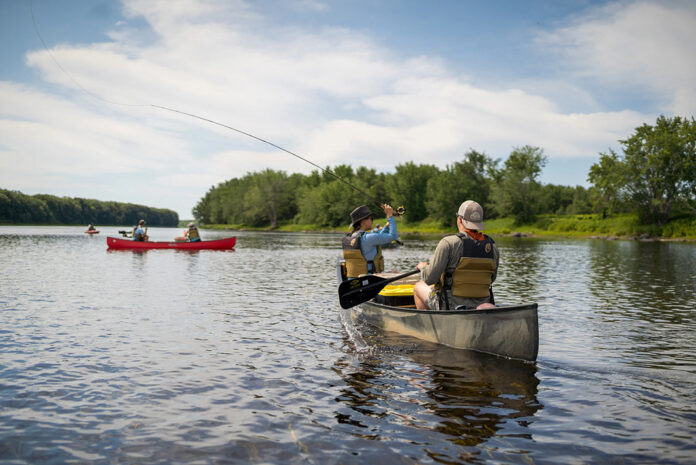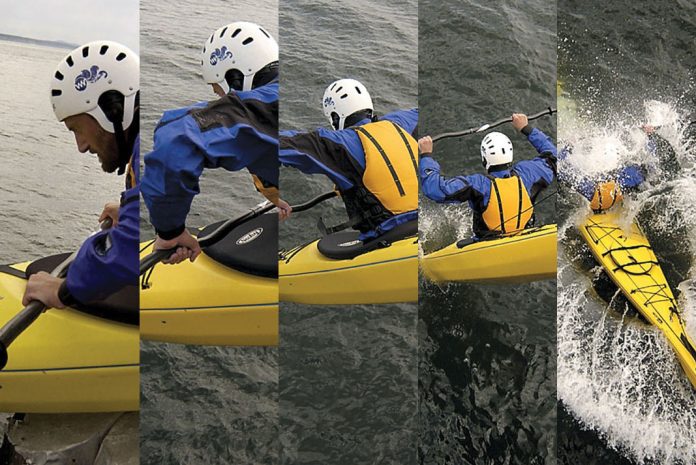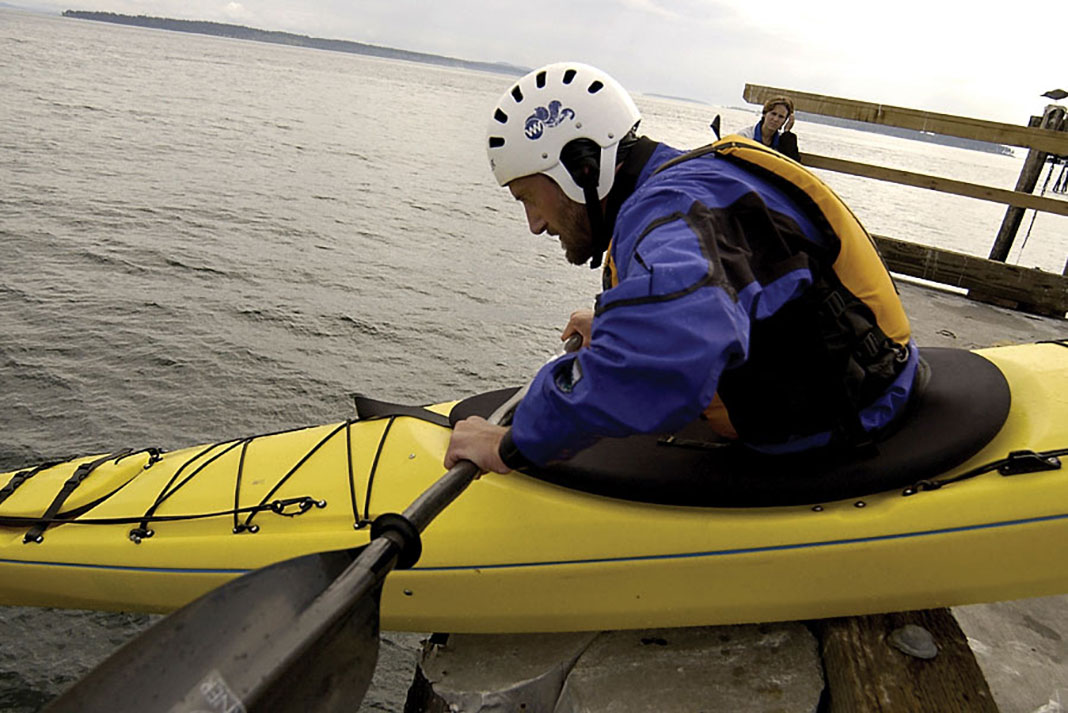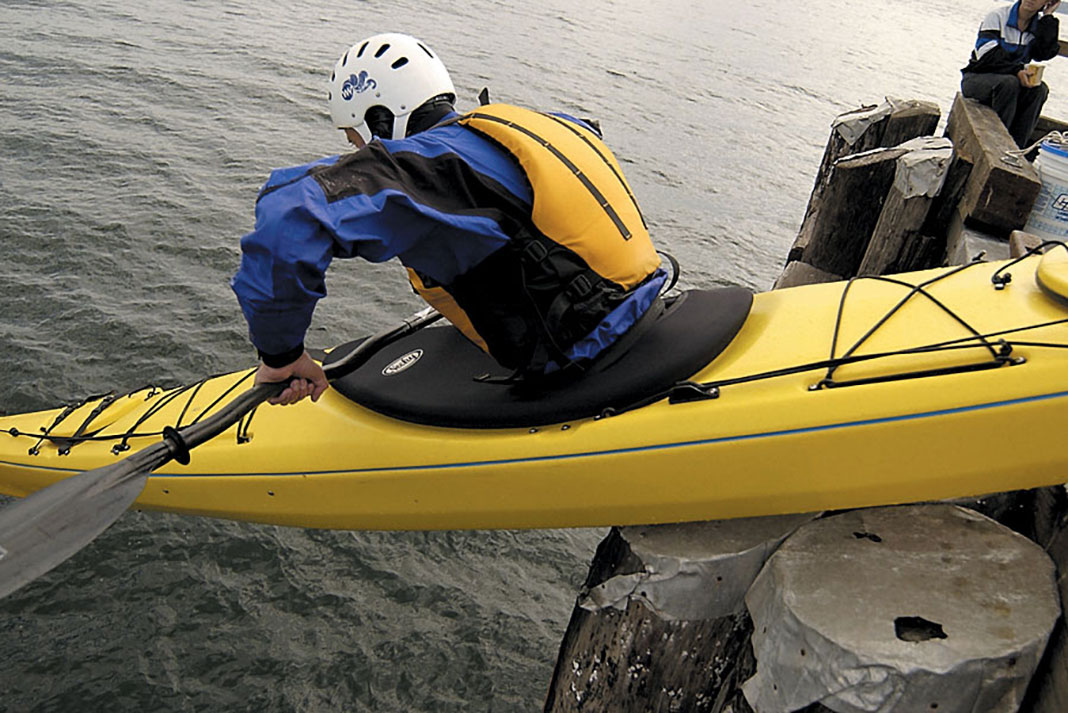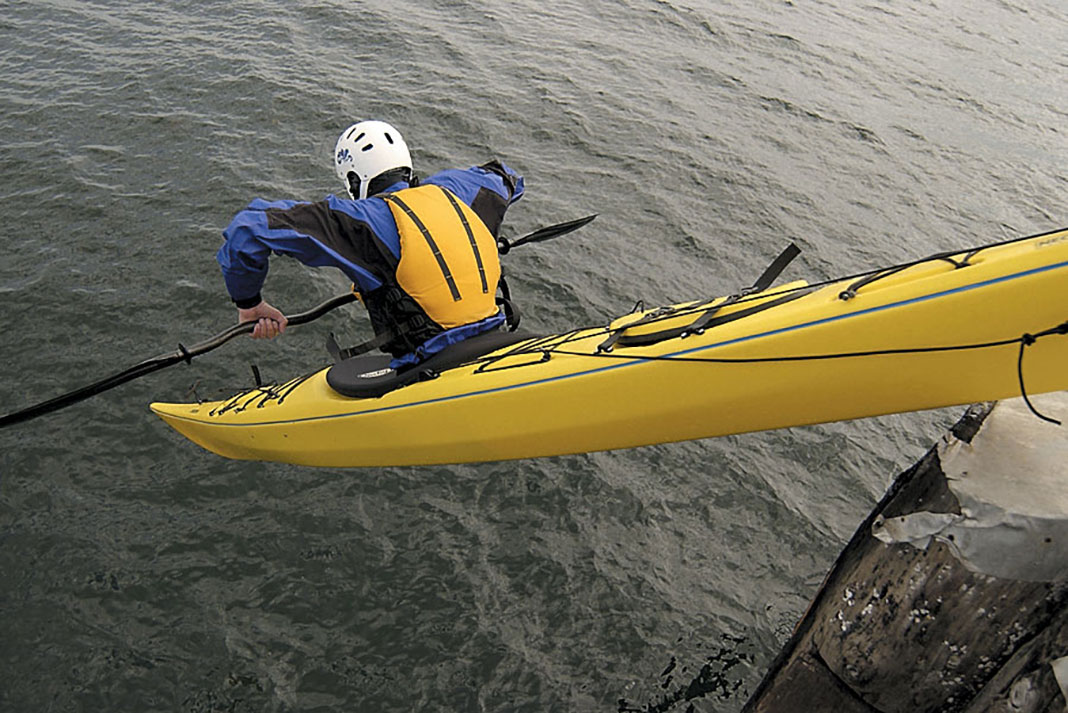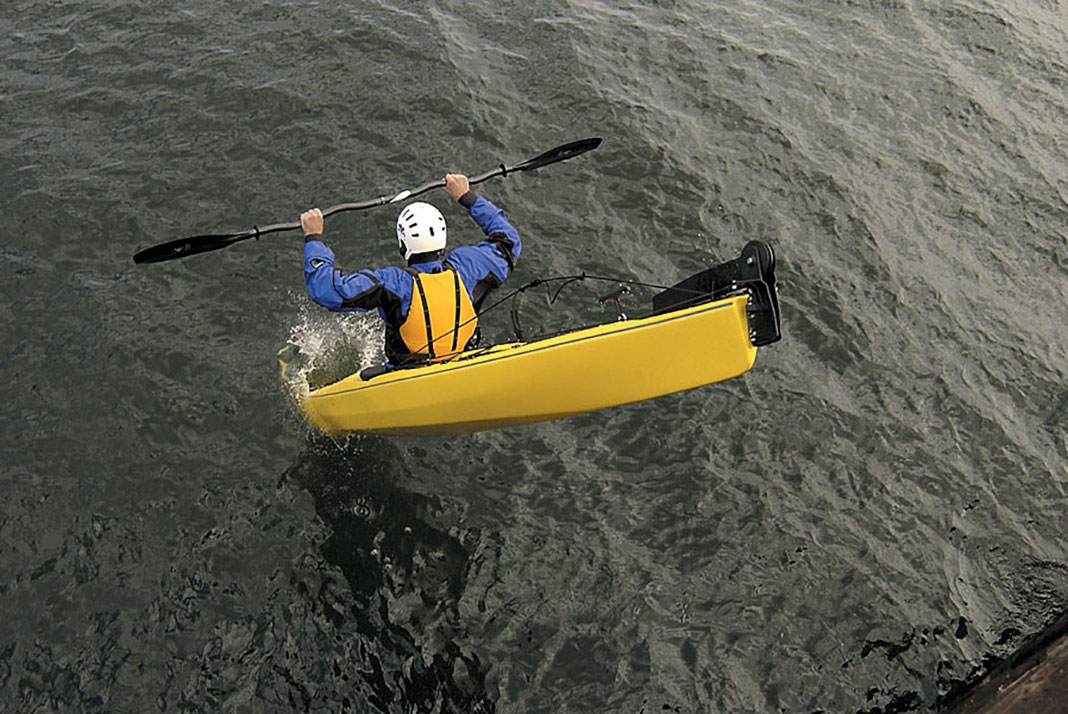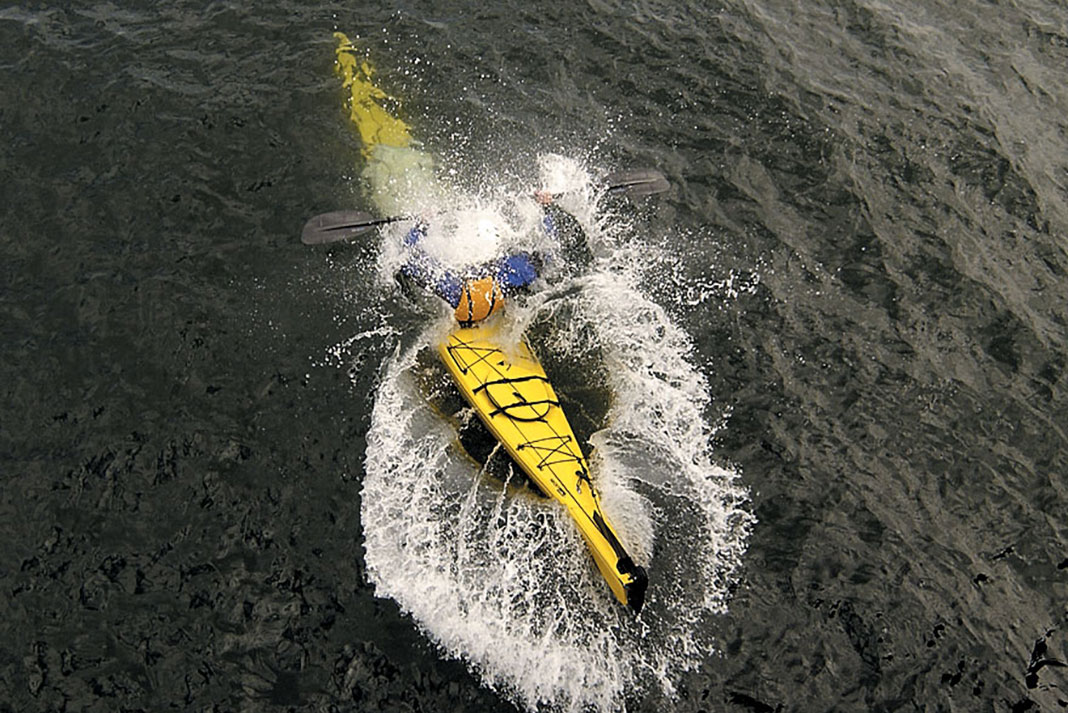Wilderness Systems is a best-selling American kayak brand that has been around since 1986. Their wide range of designs includes award-winners like the Tempest touring kayak and A.T.A.K. fishing kayak, serving a broad spectrum of paddlers but sharing the common themes of quality and user-informed design. Wilderness Systems is part of the Confluence Outdoor family, an umbrella of well-respected kayak and canoe brands that includes Perception, Dagger and Mad River.
Wilderness Systems makes a diverse selection of sit-inside and sit-on-top kayaks for touring, fishing and recreation. They are known for innovation and accessibility—“give the customer what they want, before they know they want it”—exemplified by designs like the legendary Tarpon and Pungo, the highest-rated and best-selling recreational sit-inside kayak of all time.
Keep reading this guide to find some of the best Wilderness Systems kayaks available this year, as well as advice on choosing the one that will be right for you.
Top picks: Best Wilderness Systems kayaks for 2024
The following Wilderness Systems kayaks have received the highest star ratings by reviewers in our Paddling Buyer’s Guide. See and review all Wilderness Systems kayaks here.
Best Wilderness Systems Kayaks

Recon 120 Fishing Kayak

Pungo 120 Recreational Kayak
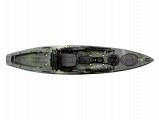
Radar 135

Targa 130T Recreational Kayak
Pamlico 145 T

Aspire 105 Recreational Kayak
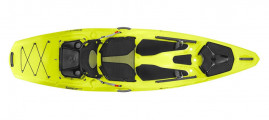
Targa 100 Recreational Kayak
Shop Wilderness Systems kayaks
Our Paddling Buyer’s Guide features every Wilderness Systems kayak on the market. Filter them by type and click on specific models to see specs, prices, reviews and where to buy.
Wilderness Systems solo kayaks
Wilderness Systems fishing kayaks
Wilderness Systems sit-on-top kayaks
Wilderness Systems sit-in kayaks
Wilderness Systems sea kayaks
Wilderness Systems touring kayaks
Wilderness Systems recreational kayaks
Wilderness Systems expedition kayaks
Wilderness Systems 12-foot kayaks
Wilderness Systems pedal drive kayaks
Wilderness Systems motorized kayaks
Wilderness Systems ultralite kayaks
Shopping for a used Wilderness Systems kayak?
Buying used means that you can get a higher-performing boat for less money. Wilderness Systems is one of the most popular kayak brands in North America, and as a result, they are relatively abundant on the used market. Check general online classifieds like Kijiji or try searching “Craigslist Wilderness Systems kayaks.” Specialized marketplaces like MEC Gear Swap or local paddling groups are also good places to start your search.
Wilderness Systems kayaks are a reliable used purchase, as many of the models have been produced for years. This means that sourcing replacement parts or outfitting is relatively easy.
Aside from a few discontinued composite touring models, the Wilderness Systems kayaks you will find on the used market are made of rotomolded polyethylene plastic. This is an incredibly durable and tough material, but it’s still important to look over a plastic kayak for wear or damage. Believe it or not, most damage to a boat happens while the kayak is simply sitting on the rack (if it hasn’t been properly stored). If left outside in direct sunlight, plastic can warp, creating deformities that will affect the kayak’s performance.
For kayaks with bulkheads, check that warping has not compromised the water tightness of the bulkhead. Look for water flowing freely from one hatch compartment to another, or from the cockpit into the hatches. If there is a minor leak, it’s often an easy fix with marine-grade caulking.
Establishing a fair price for a used kayak is tricky. If stored correctly and well-cared for, a kayak will hold much of its value (this is especially true of hard-to-find, discontinued models). With the pandemic paddlesports boom putting used kayaks in such short supply, quality used kayaks are a rare find. If you find a perfect fit, don’t hesitate or haggle hard to save a few bucks. This is a long-term investment, and the savings of buying used are likely already significant.
For more tips on what to look for when selecting a used kayak, read our article How To Buy A Used Kayak.
Wilderness Systems kayaks buying advice
Wilderness Systems kayaks are widely available from local paddle shops and national outdoors stores. Their kayaks meet a range of needs for paddlers of all sizes.
First, decide what type of paddling you are planning to do. Are you looking for a recreational kayak for exploring around the beach or cottage, or a touring boat for backcountry camping trips? Are you interested in fishing from your kayak?
Wilderness Systems breaks their product line down by style and intended use. The categories include sit-inside and sit-on-top Recreation, Fishing and Touring. Does this mean that you can’t fish out of a recreation boat? Absolutely not, but if fishing is the main goal, you’ll want to look towards a serious fishing kayak.
Recreation
Wilderness Systems’ recreational kayaks include sit-inside models like the Pungo, Aspire and Pamlico tandem, and sit-on-top models like the Tarpon series and Ripper. All of these boats are wider and shorter in length (between 8 feet and 14.5 feet), offering lots of stability and easy maneuverability for beginner paddlers. They’re best suited to calm waterways and sheltered lakes. The generously sized cockpits of the sit-inside models make them easy to enter.
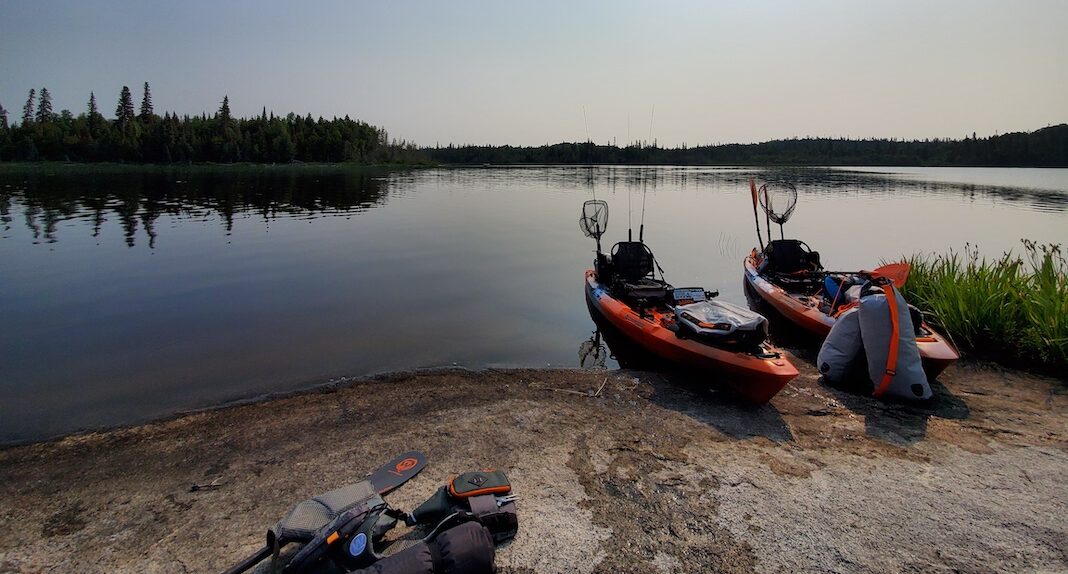
Fishing
All of Wilderness Systems’ fishing kayaks are sit-on-top models for easy, uncluttered access and movement around the kayak. Fishing kayaks are extremely stable to accommodate anglers shifting weight and position when rigging lines, casting and catching fish. Boats like the Recon 120 and Radar 135 can be propelled with a paddle, integrated pedal drive or a small electric motor.
The open decks of these 12- to 14-foot sit-on-tops provide ample space for gear storage, and on all fishing kayaks, expect thoughtfully placed bungees and hatches to store key pieces of gear.
Touring
Wilderness Systems’ touring kayaks are designed for covering longer distances in more varied conditions. These sit-inside kayaks are narrower and longer than recreational kayaks, offering greater speed and efficiency but less stability and maneuverability. Touring kayaks feature two or three watertight bulkheads for safety and hatches for gear storage. Wilderness Systems’ touring line includes the Tsunami and Tempest single person kayaks, and the Polaris tandem kayak.
The Tsunami is available in 12.5-, 14- and 14.5-foot lengths for day and weekend trips, and high-volume, rudder-equipped 16.5- and 17.5-foot models for extended multi-day trips. The range in boat sizes also accommodates a wide range of paddler sizes, ensuring a perfect fit.
The Tempest is Wilderness Systems’ premier expedition sea kayak, available in 16.5- and 17-foot lengths, with the 16.5-foot kayak catered towards smaller paddlers. This popular model was introduced in 2003 and has been a touring mainstay for nearly two decades. Read a detailed review of the Tempest 165 here.
Remember, online research will only get you so far. If you can, always test paddle before buying any boat. Still wondering if Wilderness Systems kayaks are right for you? Here are answers to some of the most common online questions about Wilderness Systems kayaks.
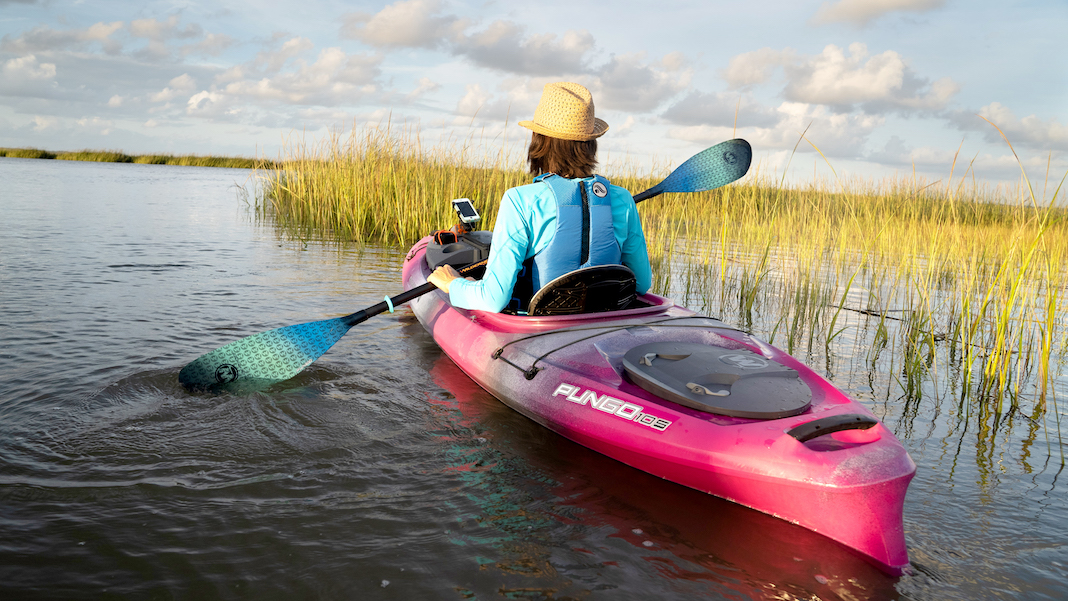
-
Are Wilderness Systems kayaks good?
Wilderness Systems uses quality materials and craftsmanship to produce well-designed kayaks, excelling at their intended use. The company has produced boats since 1986. Top-rated models include the award-winning Pungo 125, Tempest touring kayak and paddle/pedal hybrid Radar 115 fishing kayak.
-
Where are Wilderness Systems kayaks made?
Wilderness Systems kayaks are made in their factory in Greenville, South Carolina.
-
Who makes Wilderness Systems kayaks?
Wilderness Systems makes all of their kayaks at their Greenville, South Carolina factory. The company is owned by the Confluence Outdoor group, which also encompasses popular paddlesports brands Dagger, Perception, Mad River, Boardworks and Adventure Technology.
-
Is Wilderness Systems still in business?
Wilderness Systems is one of America’s leading kayak companies and experienced an incredibly busy 2021 season due to the increased demand for kayaks and paddlesports gear. As a mid-sized company, they are keeping up with orders, but there may be a slight delay due to global supply chain and delivery challenges.
-
Wilderness kayak seating system
One of the key strengths of Wilderness Systems’ kayaks is the comfort of its seating systems, tweaked and refined after years of production and feedback. Well-thought features offer superior comfort and support to fit a wide variety of body types. Both the padded seat and the back rest can be adjusted to ensure optimal comfort during long days on the water.
Wilderness Systems’ AirPro MAX seating system is standard on current fishing models and compatible with all of their popular Ride fishing kayaks made since 2012. This system allows for high, low or reclined positions while providing lower back support. The elevated seat also gives a better view of the water for sighting fish. The newest addition to the Wilderness Systems fishing family, the Recon 120, features the all-new AirPro ACE seating system, which leverages the premium framework and materials of the MAX and adds a one-handed lever for quick, on-the-fly adjustments.
-
Wilderness Systems kayak dealers
Find Wilderness Systems kayaks across Canada and the USA. At outdoor retail chains like MEC and REI, Wilderness Systems kayaks are a mainstay on the sales floor. Local paddle shops and dealers will also carry Wilderness Systems boats and may be able to preorder boats. Use their dealer locator to find one near you.
Compare Wilderness Systems kayaks
-
Jackson Kayak vs Wilderness Systems
Jackson Kayak is another USA-based kayak brand, which focuses on whitewater, fishing and recreational kayaks. Founded by whitewater champion Eric Jackson, these whitewater kayaks are some of the best on the market. The Jackson Kayak line has expanded to include fishing and recreational boats, many of which are comparable to Wilderness Systems kayaks. Both brands are a sound choice for cutting edge fishing kayaks and comfortable, accessible recreational kayaks.
Wilderness Systems stands apart in making longer touring kayaks like the Tsunami and Tempest, with smaller cockpits and watertight bulkheads. Choose Wilderness Systems if your ambitions include weekend trips or longer; Jackson Kayak is the better choice for swiftly moving rivers and whitewater kayaking.
-
Ocean Kayak vs Wilderness Systems
Ocean Kayak produces exclusively sit-on-top boats. Known as one of the early pioneers of sit-on-top kayaking, the company came into being when the founder adapted a surfboard to be paddled from a seated position and carry his scuba gear. Now made of rotomolded plastic, Ocean Kayak’s line of boats are designed for recreation and fishing. Like Wilderness Systems, they offer sit-on-top boats that can be paddled or pedalled, but the similarities stop there.
Wilderness System’s sit-inside kayaks set the company apart. The Pungo revolutionized the recreational market with its large cockpit, superior stability and short length for easy transport. The company continues to improve its designs, making tweaks for more comfort and better performance.
-
Wilderness Systems vs Perception kayaks
Both Wilderness Systems and Perception kayaks are owned by Confluence Outdoor and produced in Greenville, South Carolina. Perception kayaks are more entry-level, with less rigorous outfitting and a lower sticker price. Perception has a more than 40-year track record, and their reliability is exceptional.
Wilderness Systems kayaks are targeted to a mid-level price range, reflected by the construction and outfitting options. Look to Perception for an expansive range of budget-friendly sit-on-top and sit-inside recreational kayaks, including models just for kids. Choose Wilderness Systems if you’re ready to invest in a more refined touring, recreational or fishing kayak.
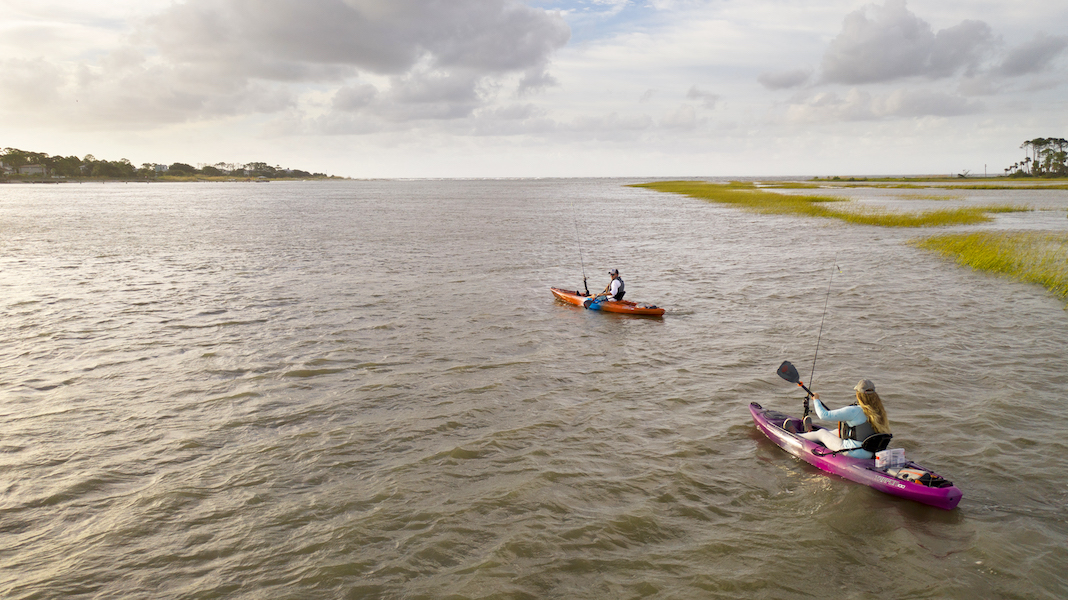
Wilderness Systems kayak reviews
Paddling Magazine is your best online resource for Wilderness Systems kayak reviews. Reading reviews of Wilderness Systems kayaks helps to understand where these kayaks excel. See what someone else loved about the boat, and let it guide your decision. When you find one that matches your needs perfectly, remember, it’s always best to “try before you buy.”
- Recreational Kayak Review: Wilderness Systems Pungo 120
- Recreational Kayak Review: Wilderness Systems Tarpon 100
- Fishing Kayak Review: Wilderness Systems Recon 120 HD
- Boat Review: Zephyr 160 Pro by Wilderness Systems
- Boat Review: Wilderness Systems Tempest 165 Kayak
- Boat Review: The Tempest 170 Composite by Wilderness Systems
- Touring Kayak Review: Wilderness Systems’ Tsunami 145



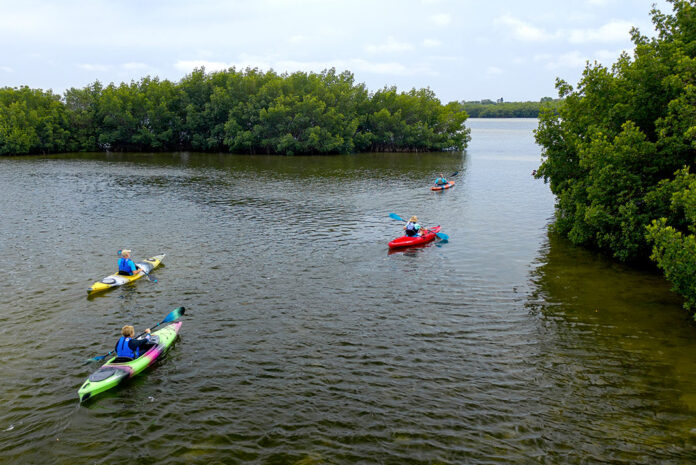

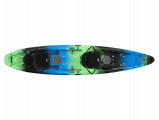
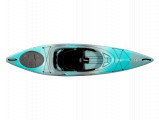
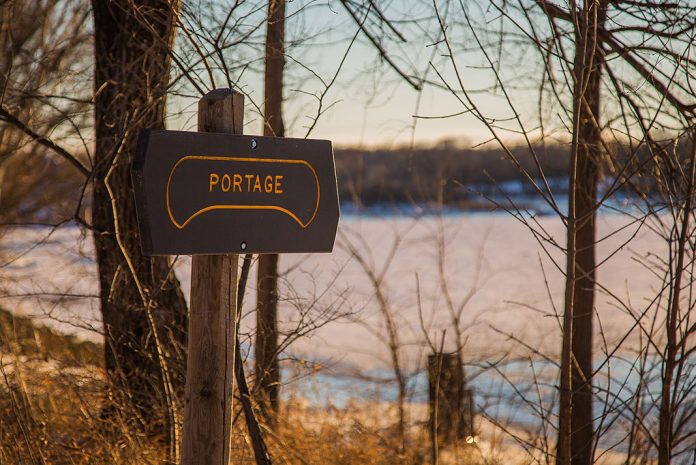
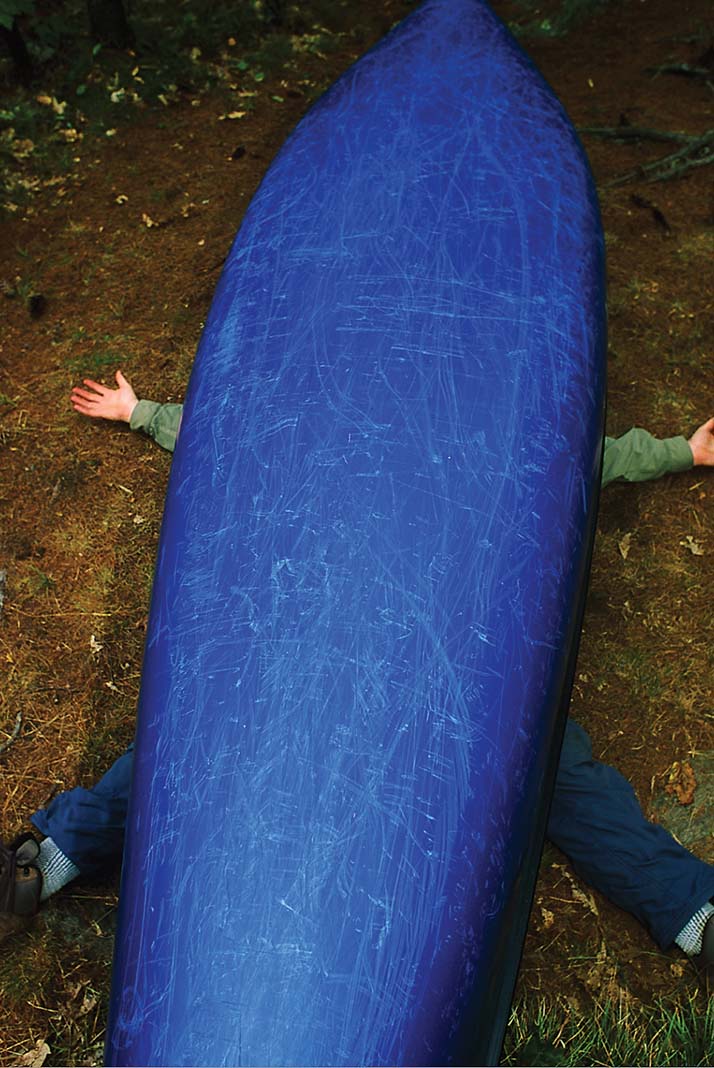
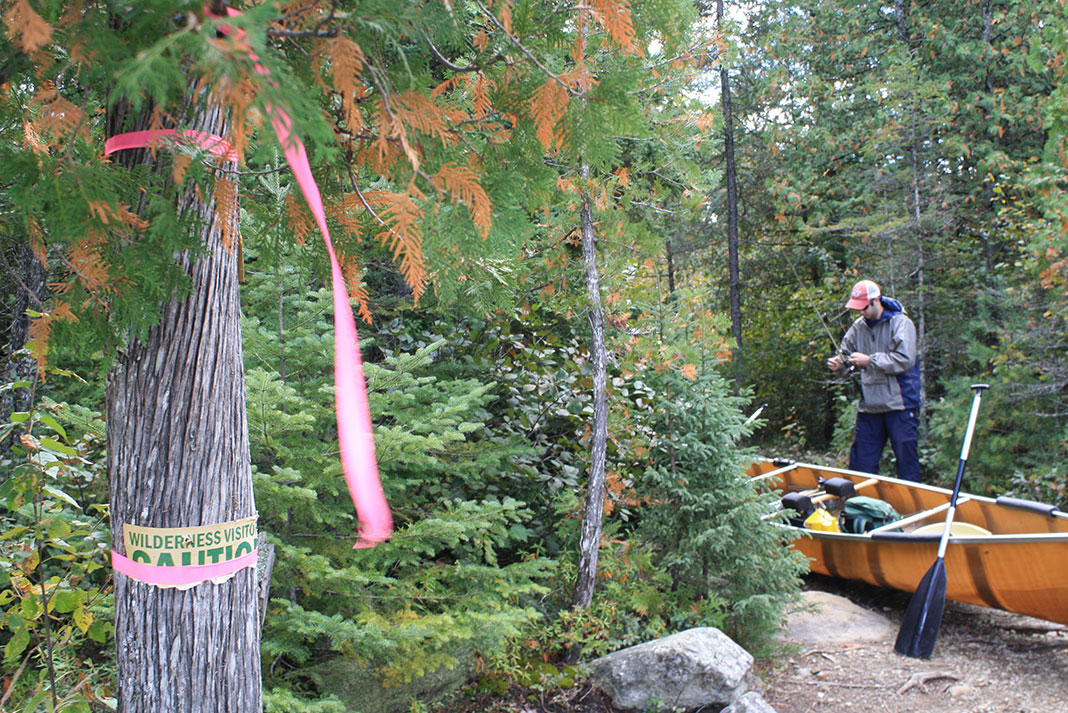

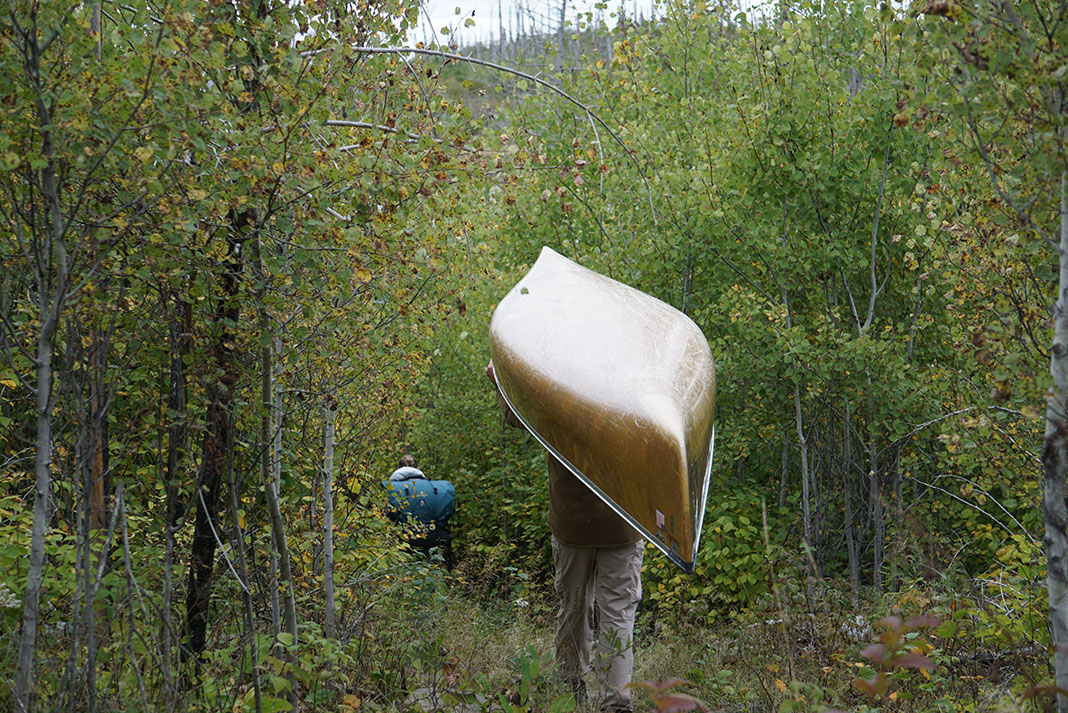
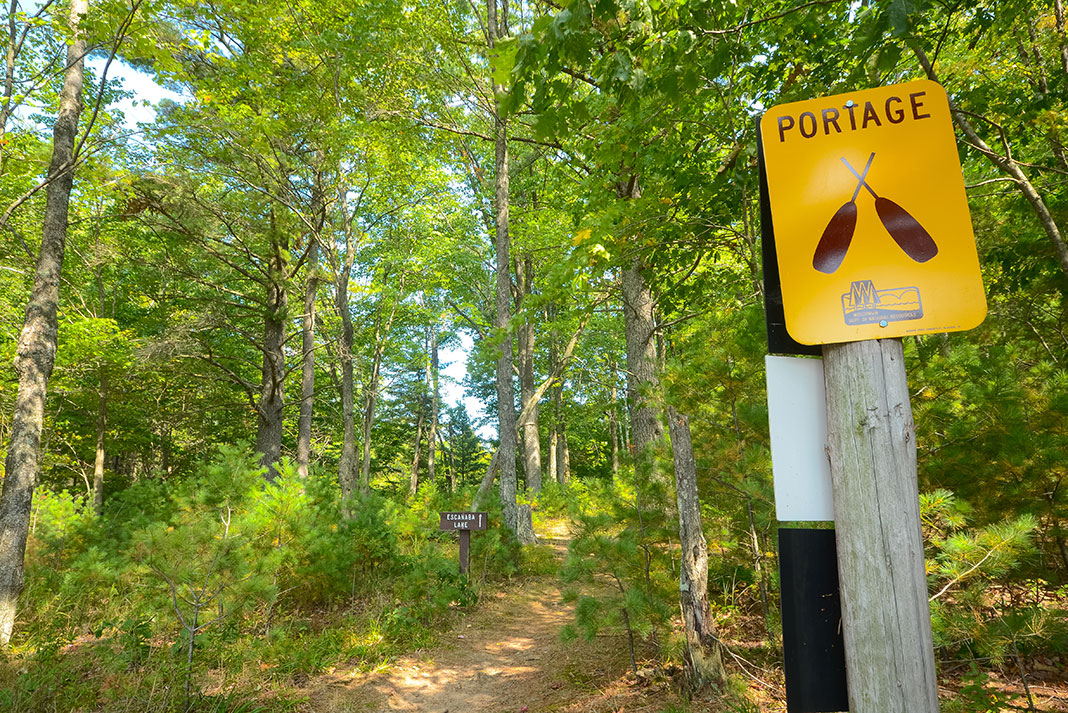
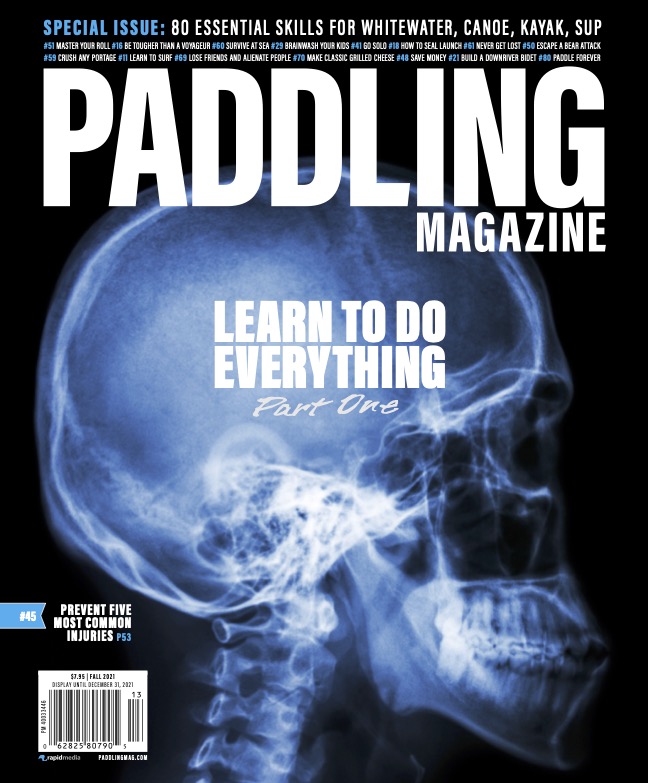

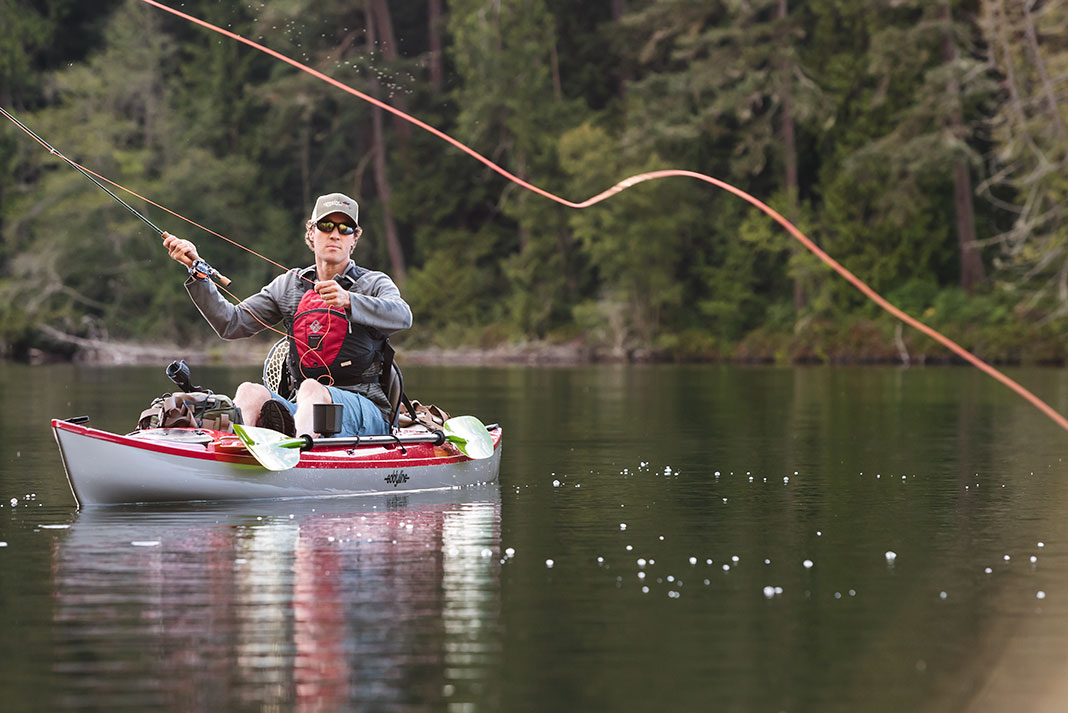
-first_product_boats.jpg)
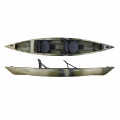
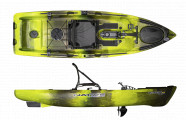
-first_product_boats.jpg)
-first_product_boats.jpg)
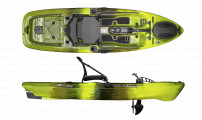
-first_product_boats.jpg)
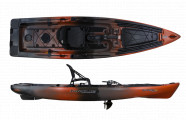
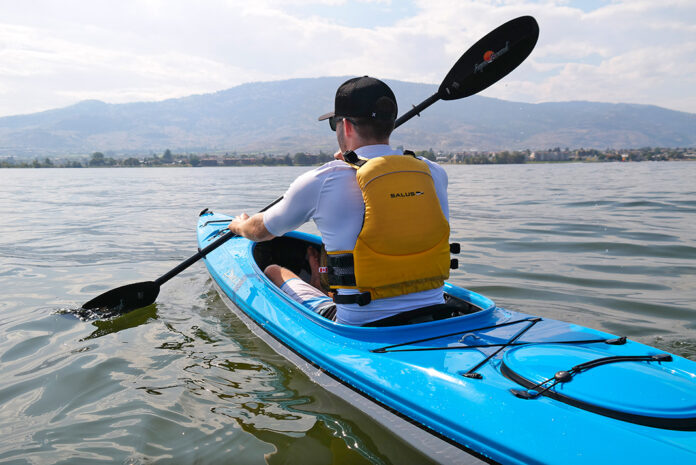


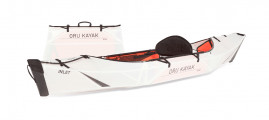
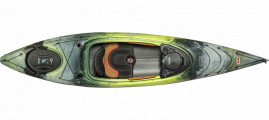
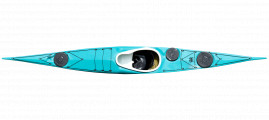
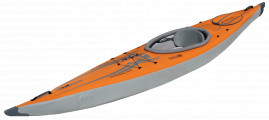

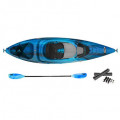



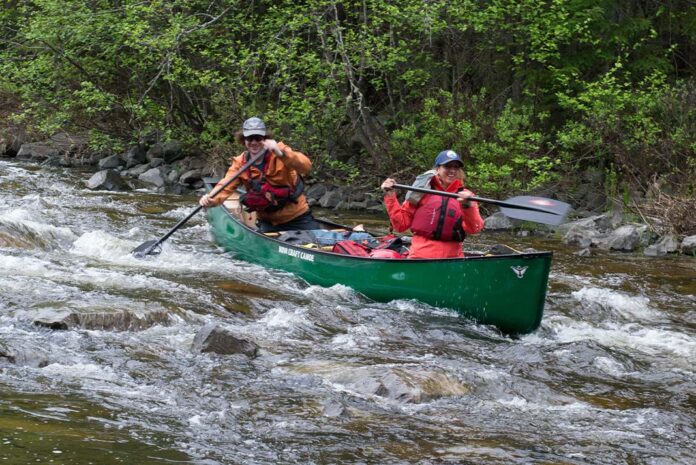
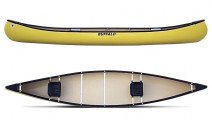




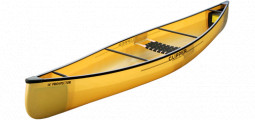
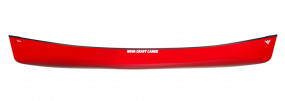
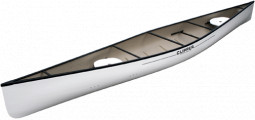


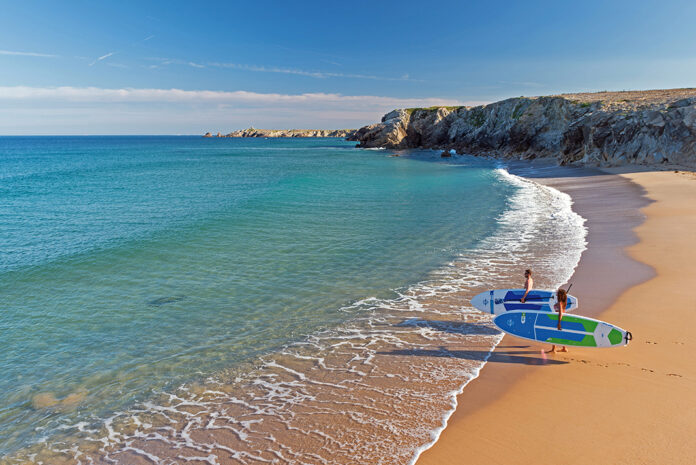
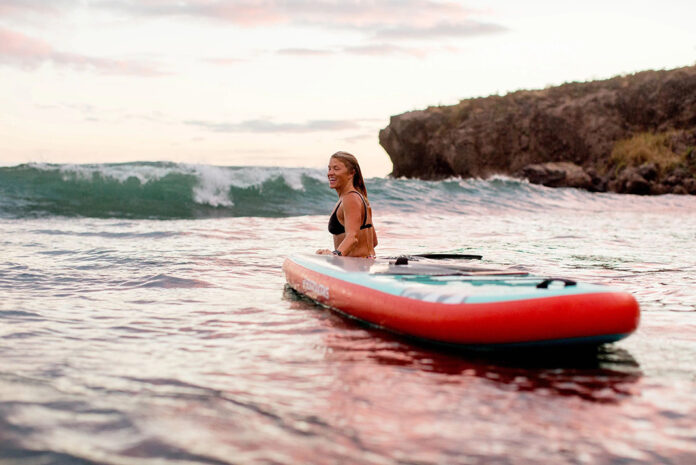




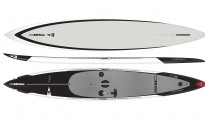
-first_product_boats.jpg)

-first_product_boats.jpg)
